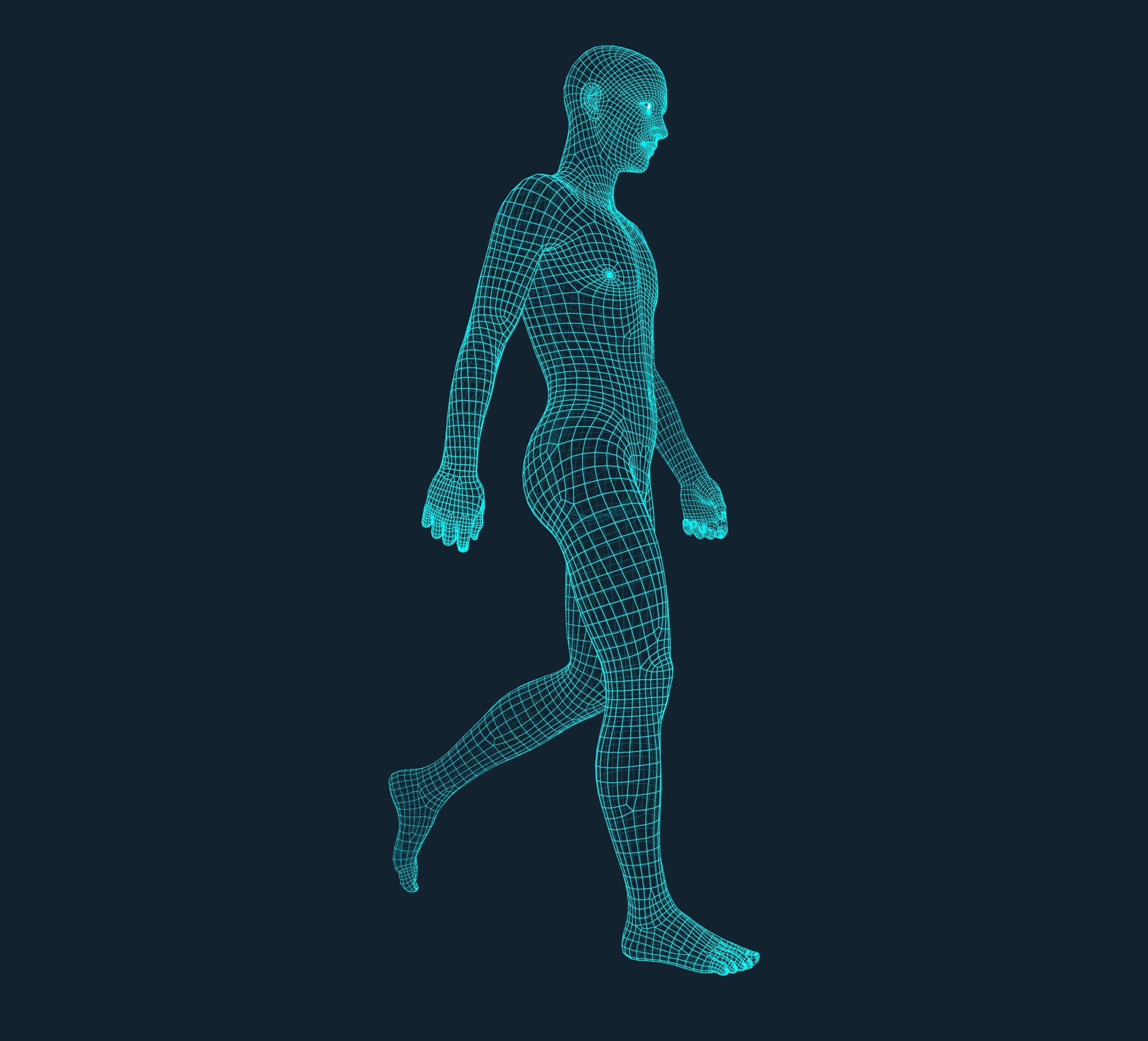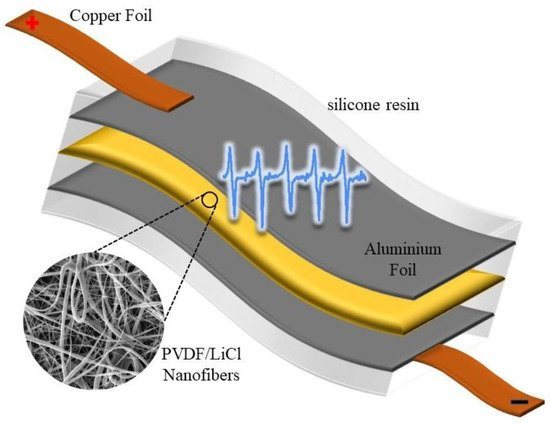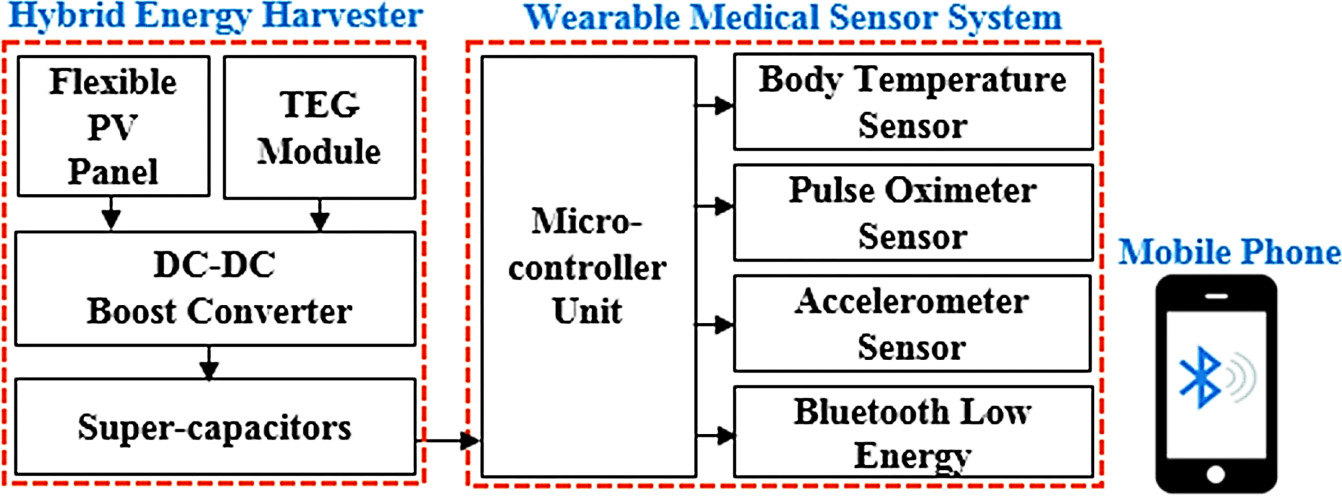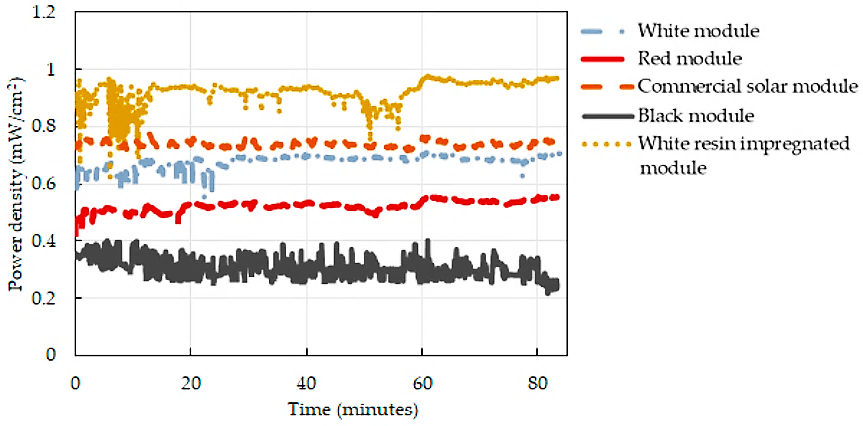Energy harvesting devices are specially utilized to capture energy from the user’s body and are being researched extensively. Novel research analysis published in the journal Energies focuses on the most important new wearables and gadgets for capturing energy from the human body.

Study: New Wearable Technologies and Devices to Efficiently Scavenge Energy from the Human Body: State of the Art and Future Trends. Image Credit: Login/Shutterstock.com
The Functionality of Wearable Technological Gadgets
Every digital item requires power to function, particularly wearable ones that should have a prolonged battery capacity. Wearable technology can be used to manage physiological indicators, including body temperature, pulse rate, respiratory rate, etc., instantaneously, as well as for post-surgery rehabilitation.
Multifunctional energy harvesters are a creative way for users to avoid unpleasant invasive devices. It is possible to collect and store energy from several energy sources in the human body utilizing these novel portable gadgets.
Based on an operational mode, energy harvester systems include triboelectric gadgets, piezoelectric equipment, thermoelectric, and solar textiles, among various others.

Internal structure of the nanogenerator device based on the PVDF/LiCl layer. Image Credit: Fazio, R.D. et al., Energies
Introduction to Piezoelectric Energy Harvesting Mechanism
Most commonly, it consists of a piezoelectric polymer that has the special ability to create a potential difference whenever stresses applied over its surface cause a deformation. Hence, an electric current is produced whenever any stress is applied or deformation occurs.
These substances offer a compact build, conformity to the human body, and are biocompatible. All these advantages have played a major role in the development of novel stretchable and high-performance wearable piezoelectric materials.
Additionally, researchers have advocated for the use of a ferroelectric polymeric nanostructure in the fabrication of fabric-WPEH (Wearable Piezoelectric Energy Harvester), which allows for the practical application of transducers to clothing through a heat press.
Applications of Triboelectric Generators in Wearable Devices
The triboelectric phenomenon turns any motion or kinetic energy into an electric current by bringing together two materials with different electron enthalpies, resulting in a charge density over the exterior with oppositely charged particles spread over the two materials. This potential difference leads to the generation of an electric current.
To increase device responsiveness, the electrode configuration must be adjusted. Furthermore, the sensing structure is improved by improving the electromechanical connection with the application situations, hence boosting its effectiveness, reducing reaction time, and substantially achieving real-time signal capturing.
Researchers have created a novel fabric-based TENG device that consists of knitted electrodes and woven bands of positive and negative triboelectric material. Under a 2 Hz motorized generator and a 50 M load, it can provide 62.9 V open-circuit voltage, 1.77 A short-circuit current, and 34.8 W power.

Architecture of the multi-source energy harvesting system to feed the sensor system. Image Credit: Fazio, R.D. et al., Energies
What is Thermoelectric (TEG) Energy Harvesting Technology?
A thermoelectric generator (TEG) utilizes the Seeback effect to efficiently produce energy. The temperature difference between two different semiconductors is utilized to generate electric current during the Seeback phenomena. Semiconductor bands and P-N junctions make up the TEG which generates a potential that is converted into electrical energy.
Obtaining a 1% efficiency is also challenging due to the practical limits established by wearability standards. To maximize efficacy and decrease wearable system energy demands, it is more practical to utilize a TEG on a restricted body region.
At the moment, the materials science community is particularly vested in developing flexible electronics based on conjugated polymers. As thermoelectric materials, several altered conjugated polymer systems have been explored. They may be converted into textiles by a variety of methods, including depositing onto pre-made textiles or weaving into mixed fibers.
Solar Fabrics for Energy Harvesting Applications
Sunlight is an abundant natural power source that can be captured by photovoltaic cells. Flexible-wearable photovoltaics provide feasible alternatives to traditional power generation sources due to their outstanding tensile characteristics, high power-to-weight ratios, and low-cost production procedures. These are projected as the future of handheld power harvesting wearables that can be embedded into almost any substrate.

Power densities of five solar modules (four solar harvesting textiles and one flexible commercial solar cell) monitored for 85 min. Image Credit: Fazio, R.D. et al., Energies
How do Epidermal Biofuel Cells (BFCs) Function?
Epidermal biofuel cells (BFCs) have piqued the curiosity of researchers in recent times. Epidermal (skin-based) enzymatic BFCs dependent on sweating provide an effective non-invasive energy harvesting approach, albeit they can only create and transmit energy when the user perspires. Variable concentrations of lactate biofuel and perspiration restrict consistent energy output as a result of inconsistent human sweating.
In short, energy recovery devices are the primary research topic for overcoming battery constraints such as decreased lifetime and power density. Energy harvesting components that are properly designed and optimized may scavenge power from the human body to replenish the batteries, increasing the device’s autonomy.
Further Reading
Fazio, R.D. et al. (2022). New Wearable Technologies and Devices to Efficiently Scavenge Energy from the Human Body: State of the Art and Future Trends. Energies. 15. 6639. Available at: https://www.mdpi.com/1996-1073/15/18/6639
Disclaimer: The views expressed here are those of the author expressed in their private capacity and do not necessarily represent the views of AZoM.com Limited T/A AZoNetwork the owner and operator of this website. This disclaimer forms part of the Terms and conditions of use of this website.